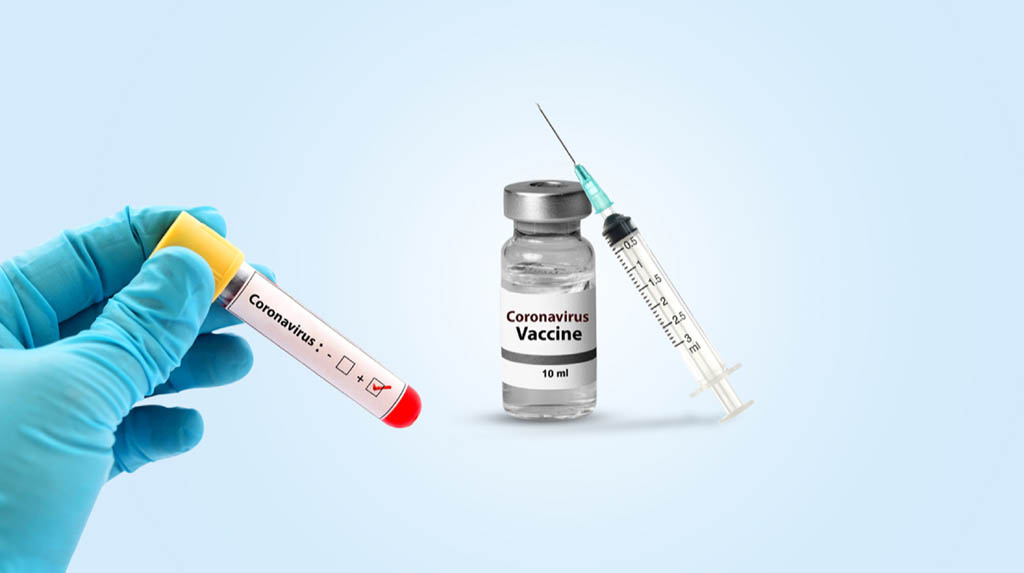New York: Some good news in the search for antiviral drugs for hard-to-treat diseases as researchers have identified a potential new drug candidate against enterovirus 71, a common cause of hand, foot and mouth disease in infants and young children.
The compound is a small molecule that binds to RNA, the virus’s genetic material, and changes its 3-D shape in a way that stops the virus from multiplying without harming its human host.
There are currently no USFDA-approved drugs or vaccines for enterovirus 71, which affects hundreds of thousands of children each year, particularly in Southeast Asia.
While most people get better within 7 to 10 days after suffering little more than a fever and rash, severe cases can cause brain inflammation, paralysis and even death.
According to the study, published in the journal Nature Communications, this work could pave the way for new treatments for other viral infections as well.
“For diseases that don’t have good treatments, maybe the problem is we’ve been targeting the wrong thing,” said study co-author Amanda Hargrove from Duke University in the US.
Instead of targeting proteins, Hargrove and others are looking for small molecules that target RNA, which most drug discovery programmes have overlooked.
For the current study, Hargrove and colleagues screened a library of some 30 small molecules, looking for ones that bind tightly to the bulge and not other sites in the virus’s RNA.
The RNA is a wiggly molecule; when it binds to other molecules such as host proteins or small molecule drugs it takes on different 3-D shapes.
The researchers identified one molecule, dubbed DMA-135, that enters infected human cells and attaches itself to the surface of the bulge, creating a kink in this region.
This shape change, in turn, opens access to another molecule — a human repressor protein that blocks the “reading out” of the virus’s genetic instructions, stopping viral growth in its tracks.
In an experiment, the researchers were able to use the molecule to stop the virus from building up inside human cell cultures in the lab, with bigger effects at higher doses.
The authors said that it would take at least five years to move any new drug for hand, foot and mouth disease from the lab to medicine cabinets.
“Before their small molecule could reach patients, the next step is to make sure it’s safe and effective in mice,” the authors wrote.




